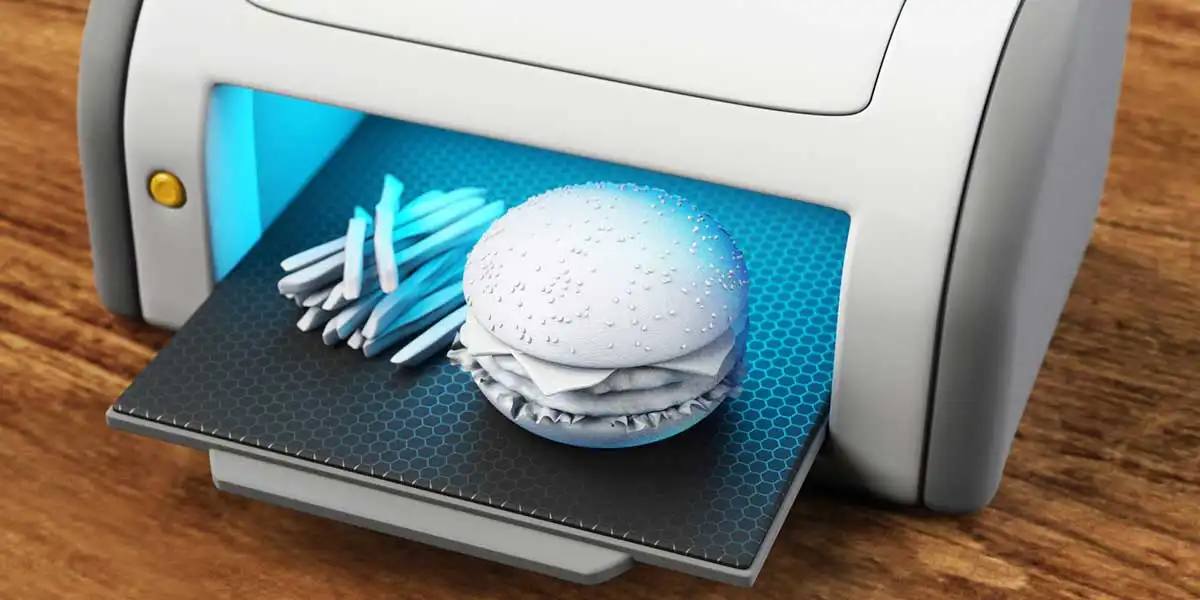
Jan 13, 2016
The 3D printing market has been one of the hottest technology sectors in recent years. New technologies and systems in this highly diverse market are driving an anticipated five-year compound annual compound growth rate at 32.2%. Dividends, anyone?
CES 2016, the world’s largest tech event, highlighted why the unique advantages of 3D printing technology over traditional manufacturing technology could disrupt a variety of industries.
Among the notable 3D technology products showcased: a professional 3D printer than can alter the composition of materials on-the-fly, the first full-color desktop 3D printer, a plug-and-play 3D printer that can scan, print, copy, and fax 3D objects, and a standalone 3D printer controller that eliminates the “SD card shuffle” between your computer and printer. Will wonders never cease?
WHAT IS 3D PRINTING?
Three-dimensional (3D) printing or additive manufacturing (AM) is an ensemble of technologies and systems used to manufacture objects of virtually any shape. It’s the process of joining materials to make objects from 3D model data, layer upon layer, and other synonyms include additive fabrication, addictive additive processes, etc., according to Alessandro Varotto, an analyst with BCC Research.
“The unique advantages of 3D printing in the design, development, production and support over traditional manufacturing technologies could lead to intense disruption across many industries,” says Varotto. “The main areas of disruptions will include accelerated product development, enhanced product design and capabilities, smaller manufacturing footprints, as well as lower cost and greater flexibility in the mass production of custom designs.”
SOME NOTABLE 3D PRINTING PRODUCTS
The ProJet 5500X isn’t so much a color printer but a multi-material 3D printer that can simultaneously print and fuse together flexible and rigid material composites layer by layer at the pixel level. This even includes highly-elastic materials that can be changed “on the fly” using the product’s commercial head. The printer has the ability to print entire objects of different materials, all in a single print.
On a more personal level, another new full-color 3D printer fits right on your desk, next to your cup of coffee. A CES 2016 Best of Innovation Award Honoree, the plug-and-play Mcor ARKe offers 3D printing on demand by creating 3D objects out of layers of spool-fed paper which is cut with razors, glued together, and colored with inkjets, writes Paul Dixon. He notes that printer model does full color by “carving the model out of a stack of paper” and using customized inkjet printheads that “print the appropriate color on each layer after it is carved.”
Another CES 2016 Best of Innovation Award winner is the Zeus Plus, an all-in-one 3D printer which integrates 3D scanning and 3D printing. The machine has a 7-inch touchscreen on which you can scan, fix, scale, rotate and adjust print settings. It can scan at 125-micron resolution, print at 80-micron resolution using a single USB cable. Why, it even has a removable build platform. You may never have to leave your desk, which may be a good thing or bad thing.
If you don’t own the Zeus Plus, hang onto that USB cord—you can still use it to upgrade your own 3D printer by plugging in the MatterControl Touch, an Android-powered touchscreen controller that turns your 3D printer into an internet-connected device. The controller allows you to create, edit and prepare models directly on your printer using its touchscreen interface. The item includes an onboard camera, a simple interface and wireless internet capabilities that allows your printer to send a text or e-mail photo of your finished part.
In sum, Varotto says because the 3D print technology market is highly diversified both regionally and by application, it’s “extremely attractive” and continues to draw growing interest. “A number of technologies are available and many more are being developed. Overall, AM manufacturing offers general benefits in terms of cost reductions, flexibility of product development and being ideal for customization.”
The global market for 3D printing, which totaled nearly $2.8 billion and $3.8 billion in 2013 and 2014, respectively, is projected to reach almost $15.2 billion in 2019, reflecting a compound annual growth rate (CAGR) of 32.2%.

Biophotonics: Technologies and Global Markets (PHO024B)

Global Trade: A Strategic Shift The global trade environment is undergoing a dra...

The global demand for cutting-edge materials continues to rise, and at the foref...

We are your trusted research partner, providing actionable insights and custom consulting across life sciences, advanced materials, and technology. Allow BCC Research to nurture your smartest business decisions today, tomorrow, and beyond.
Contact UsBCC Research provides objective, unbiased measurement and assessment of market opportunities with detailed market research reports. Our experienced industry analysts assess growth opportunities, market sizing, technologies, applications, supply chains and companies with the singular goal of helping you make informed business decisions, free of noise and hype.